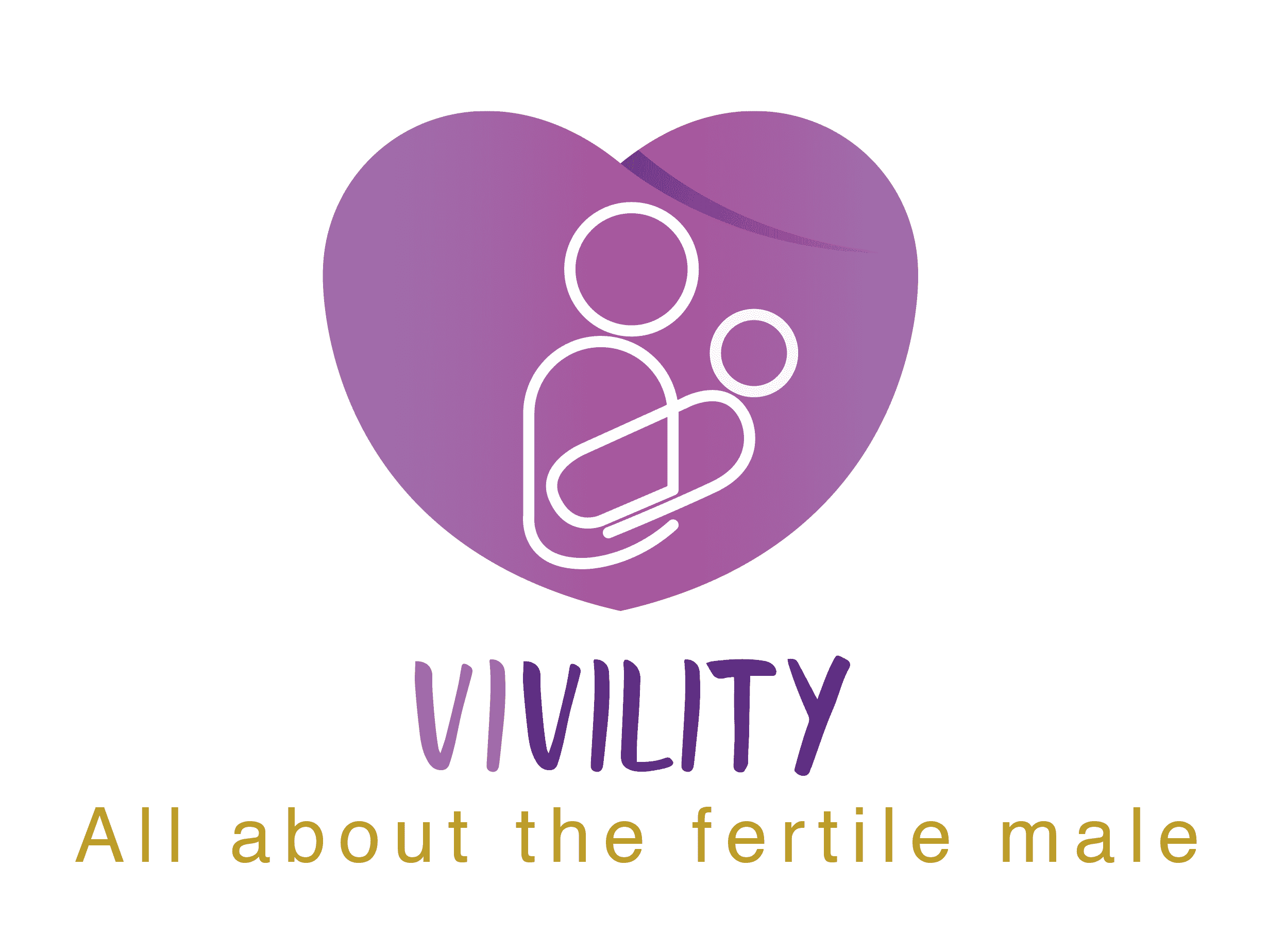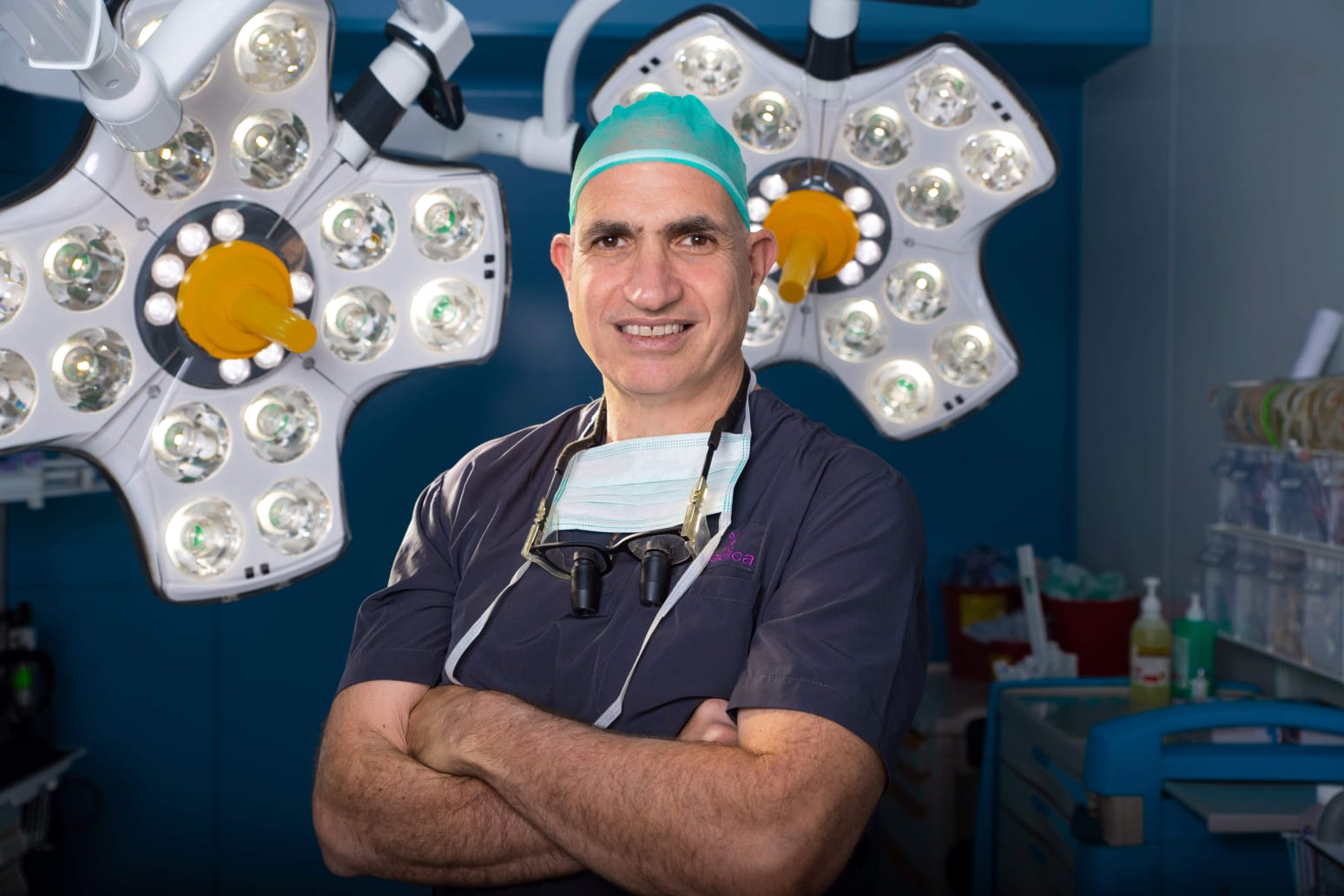When facing male fertility challenges, it’s easy to get confused between similar-sounding terms like azoospermia and aspermia. While both involve issues with semen, they are very different conditions. Azoospermia means a man produces semen with no sperm in it, while aspermia means there’s no semen at all during ejaculation.
Each has its own causes—ranging from hormonal imbalances to blockages or past surgeries—and both can affect your chances of conceiving. In this article, we’ll break down the key differences between azoospermia and aspermia, their symptoms, possible causes, and the treatment options available to help restore fertility or explore alternatives.
Understanding Azoospermia and Aspermia
What is Azoospermia?
Azoospermia is a medical condition characterized by the absence of sperm in the ejaculate. This condition can significantly impact male fertility, making it a primary concern for couples trying to conceive. Azoospermia can be caused by various factors, including genetic abnormalities, hormonal imbalances, or blockages in the reproductive tract.
- Absence of sperm in the ejaculate
- Impact on male fertility
- Causes: genetic, hormonal, and blockages
What is Aspermia?
Aspermia, on the other hand, refers to the complete lack of semen during ejaculation. Unlike azoospermia, where semen is present but lacks sperm, aspermia involves no ejaculate at all. This condition can result from neurological issues, surgical complications, or certain medications.
- Complete lack of semen
- Neurological or surgical causes
- Medication-induced aspermia
Key Differences Between Azoospermia and Aspermia
While both conditions affect male reproductive health, the primary difference lies in the presence of semen. Azoospermia involves semen without sperm, whereas aspermia involves no semen at all. Understanding these differences is crucial for accurate diagnosis and treatment.
- Azoospermia: semen present, no sperm
- Aspermia: no semen present
- Different diagnostic and treatment approaches
Causes of Azoospermia
Pretesticular Azoospermia
Pretesticular azoospermia is caused by hormonal imbalances that affect sperm production. Conditions such as hypogonadotropic hypogonadism can lead to insufficient hormone levels necessary for sperm development.
- Hormonal imbalances
- Hypogonadotropic hypogonadism
- Impact on sperm production
Testicular Azoospermia
Testicular azoospermia occurs when the testes themselves are unable to produce sperm. This can be due to genetic conditions, infections, or exposure to harmful substances that damage the testicular tissue.
- Testicular damage or dysfunction
- Genetic conditions and infections
- Exposure to toxins
Post-testicular Azoospermia
Post-testicular azoospermia is caused by blockages in the reproductive tract that prevent sperm from being ejaculated. This can result from congenital abnormalities, infections, or surgical procedures.
- Blockages in reproductive tract
- Congenital abnormalities
- Infections or surgical complications
Types and Causes of Aspermia
Retrograde Ejaculation
Retrograde ejaculation occurs when semen enters the bladder instead of exiting through the urethra. This can be caused by diabetes, certain medications, or nerve damage.
- Semen enters bladder
- Causes: diabetes, medications, nerve damage
- Impact on fertility
Anejaculation
Anejaculation is the inability to ejaculate, often due to neurological disorders or psychological factors. It can also result from spinal cord injuries or certain medications.
- Inability to ejaculate
- Neurological or psychological causes
- Spinal cord injuries
Congenital Absence of Vas Deferens
This condition involves the absence of the vas deferens, the duct that carries sperm from the testes to the urethra. It is often associated with genetic disorders like cystic fibrosis.
- Absence of vas deferens
- Genetic disorders like cystic fibrosis
- Impact on sperm transport
Symptoms and Diagnosis of Azoospermia and Aspermia
Common Symptoms
Both conditions may present with symptoms such as infertility, low libido, or hormonal imbalances. However, the absence of semen in aspermia is a distinguishing feature.
- Infertility and low libido
- Hormonal imbalances
- Absence of semen in aspermia
Diagnostic Tests for Azoospermia
Diagnosing azoospermia involves semen analysis, hormonal evaluations, and genetic testing. These tests help determine the underlying cause and guide treatment options.
- Semen analysis
- Hormonal evaluations
- Genetic testing
Diagnostic Tests for Aspermia
Aspermia diagnosis may include imaging studies, neurological assessments, and urodynamic tests to evaluate the function of the reproductive and urinary systems.
- Imaging studies
- Neurological assessments
- Urodynamic tests
Treatment Options for Azoospermia and Aspermia
Medical Treatments
Medical treatments for azoospermia may involve hormone therapy or medications to stimulate sperm production. Aspermia treatments focus on addressing underlying causes such as diabetes or medication side effects.
- Hormone therapy for azoospermia
- Medications to stimulate sperm production
- Addressing the underlying causes of aspermia
Surgical Interventions
Surgical options for azoospermia include procedures to remove blockages or retrieve sperm directly from the testes. Aspermia may require surgery to correct anatomical issues.
- Surgical removal of blockages
- Sperm retrieval techniques
- Correcting anatomical issues in aspermia
Assisted Reproductive Technologies
Assisted reproductive technologies (ART) such as in vitro fertilization (IVF) or intracytoplasmic sperm injection (ICSI) can help couples achieve pregnancy despite these conditions.
- In vitro fertilization (IVF)
- Intracytoplasmic sperm injection (ICSI)
- Options for achieving pregnancy
Impact on Male Fertility and Emotional Well-being
Fertility Challenges
Both azoospermia and aspermia present significant challenges to male fertility, often requiring specialized treatments and interventions to achieve conception.
- Significant fertility challenges
- Need for specialized treatments
- Impact on family planning
Psychological Effects
The emotional impact of these conditions can be profound, leading to stress, anxiety, and depression. Support from mental health professionals and support groups can be beneficial.
- Emotional impact: stress and anxiety
- Depression and mental health support
- Importance of support groups
Coping Strategies
Coping strategies may include counseling, lifestyle changes, and open communication with partners. These approaches can help manage the emotional and relational aspects of these conditions.
- Counseling and therapy
- Lifestyle changes
- Open communication with partners
Prevention and Lifestyle Factors
Maintaining Testicular Health
Maintaining testicular health is crucial for preventing conditions like azoospermia. Regular check-ups, wearing protective gear during sports, and avoiding hot environments can help.
- Regular medical check-ups
- Protective gear during sports
- Avoiding hot environments
Avoiding Environmental Toxins
Exposure to environmental toxins can affect sperm production and overall reproductive health. Avoiding harmful chemicals and pollutants is essential.
- Avoiding harmful chemicals
- Reducing exposure to pollutants
- Impact on reproductive health
Nutritional Considerations
A balanced diet rich in vitamins and minerals supports reproductive health. Nutrients like zinc, selenium, and antioxidants play a vital role in sperm production.
- Balanced diet for reproductive health
- Importance of vitamins and minerals
- Role of zinc, selenium, and antioxidants
Advances in Research and Future Prospects
Emerging Therapies
Research into new therapies for azoospermia and aspermia is ongoing, with promising developments in hormone treatments and surgical techniques.
- New hormone treatments
- Advancements in surgical techniques
- Promising research developments
Genetic Screening
Genetic screening can identify potential hereditary causes of these conditions, allowing for early intervention and personalized treatment plans.
- Identifying hereditary causes
- Early intervention strategies
- Personalized treatment plans
Stem Cell Research
Stem cell research offers potential breakthroughs in treating male infertility, with the possibility of regenerating damaged reproductive tissues.
- Potential breakthroughs in treatment
- Regenerating reproductive tissues
- Future prospects in stem cell research
Final Thoughts
Understanding the differences between azoospermia and aspermia is crucial for effective diagnosis and treatment. With advances in medical research and technology, there is hope for improved outcomes for those affected by these conditions. By staying informed and seeking appropriate medical care, individuals can navigate the challenges of male infertility with greater confidence and support.
Frequently Asked Questions
What causes azoospermia?
Azoospermia can be caused by genetic abnormalities, hormonal imbalances, or blockages in the reproductive tract. These factors can prevent sperm production or obstruct its passage, leading to the absence of sperm in the ejaculate.
How is aspermia diagnosed?
Aspermia is diagnosed through a combination of imaging studies, neurological assessments, and urodynamic tests. These evaluations help determine the underlying cause of the absence of semen during ejaculation.
Can men with azoospermia or aspermia still have children?
Yes, men with azoospermia or aspermia can still have children with the help of assisted reproductive technologies. Techniques like IVF and ICSI can facilitate conception despite these conditions.
Are there any natural remedies for azoospermia or aspermia?
While natural remedies may support overall reproductive health, they are not a substitute for medical treatment. Consulting a healthcare professional is essential for appropriate diagnosis and management.
How common are azoospermia and aspermia?
Azoospermia affects approximately 1% of the male population, while aspermia is less common. Both conditions can significantly impact fertility and require specialized medical attention.
What is the difference between azoospermia and aspermia?
The primary difference is that azoospermia involves the presence of semen without sperm, while aspermia involves no semen at all. These distinctions are crucial for diagnosis and treatment.
Can azoospermia be cured?
The possibility of curing azoospermia depends on its underlying cause. Some cases may be treated with medication or surgery, while others may require assisted reproductive technologies.
Is aspermia permanent?
Aspermia can be permanent or temporary, depending on its cause. Addressing underlying medical conditions or adjusting medications may resolve the issue in some cases.


